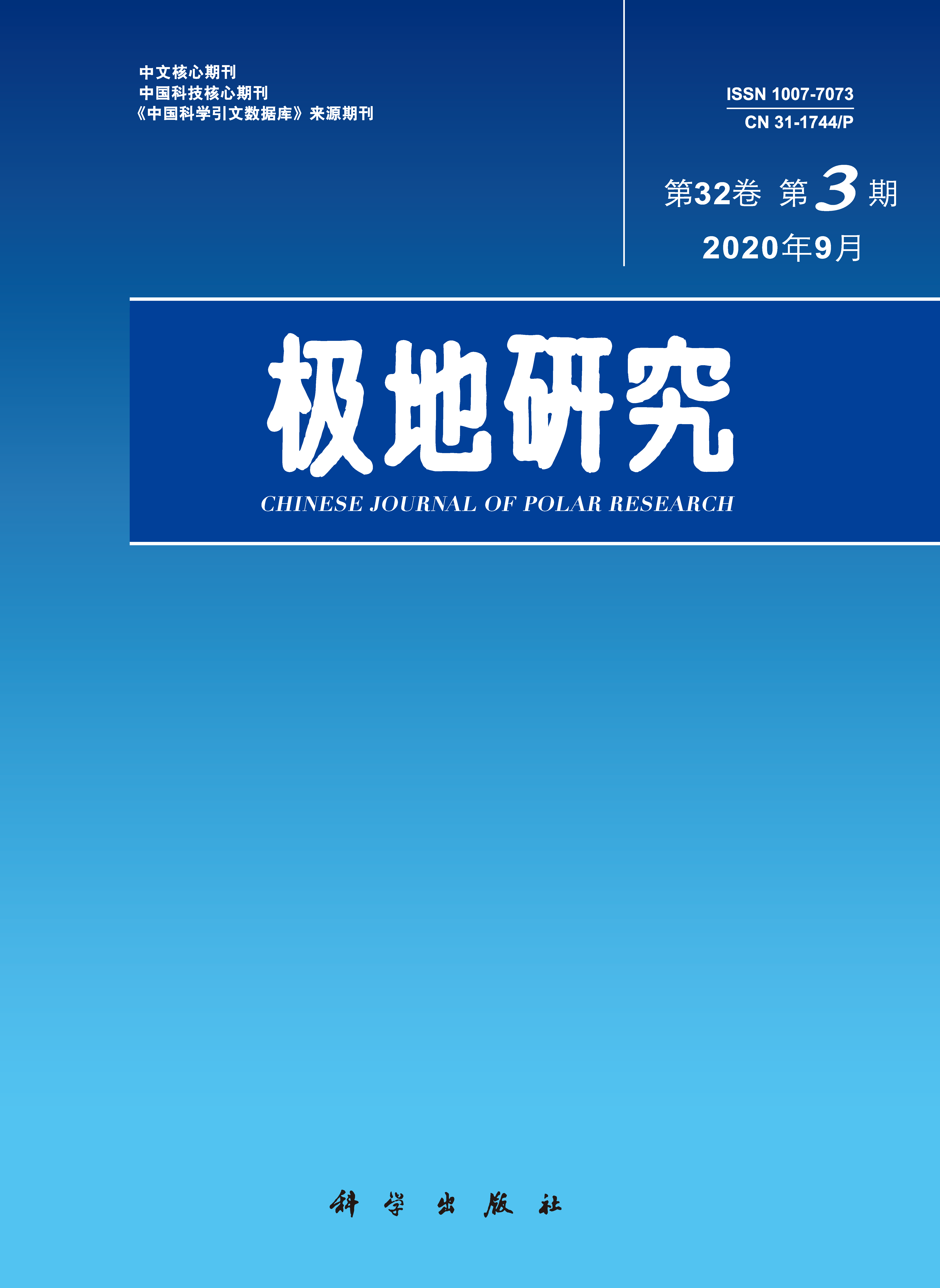The polar regions are the only regions on the planet that have not been greatly impacted by human activities. However, there are inadequate studies of zoobenthos in the Antarctic intertidal zones. Therefore, during the 29th Chinese Antarctic Research Expedition between January and February 2013, we assessed taxa composition and distribution patterns of meiofauna, and studied intertidal meiofauna and their relationships with environmental factors at 20 sites in Fildes Peninsula, King George Island in the South Shetland Islands. Our goal was to provide basic information to understand influence of human activities and climate change on polar intertidal meiofauna. Average meiofauna abundance was 256.8 ind.·(10 cm2)–1 and average biomass was 370.5 μg·(10 cm2)–1. A total of 9 meiofaunal taxa were identified, including free-living marine nematodes, copepods, oligochaetes, ostracods, bivalves, gastropods, turbellarians, and halacarids. Marine nematodes were the most abundant, accounting for 82.7% of the total meiofaunal abundance. In terms of biomass, oligochaetes were the most dominant, accounting for 41.7% of the total meiofaunal biomass. Marine nematodes accounted for the second highest percentage of total meiofaunal biomass (22.9%). CLUSTER analysis showed that meiofaunal assemblages were correlated with habitat types. Correlation analysis showed that abundance and biomass of meiofauna and marine nematodes were significantly correlated with sediment organic matter content and phaeophorbide concentration.

